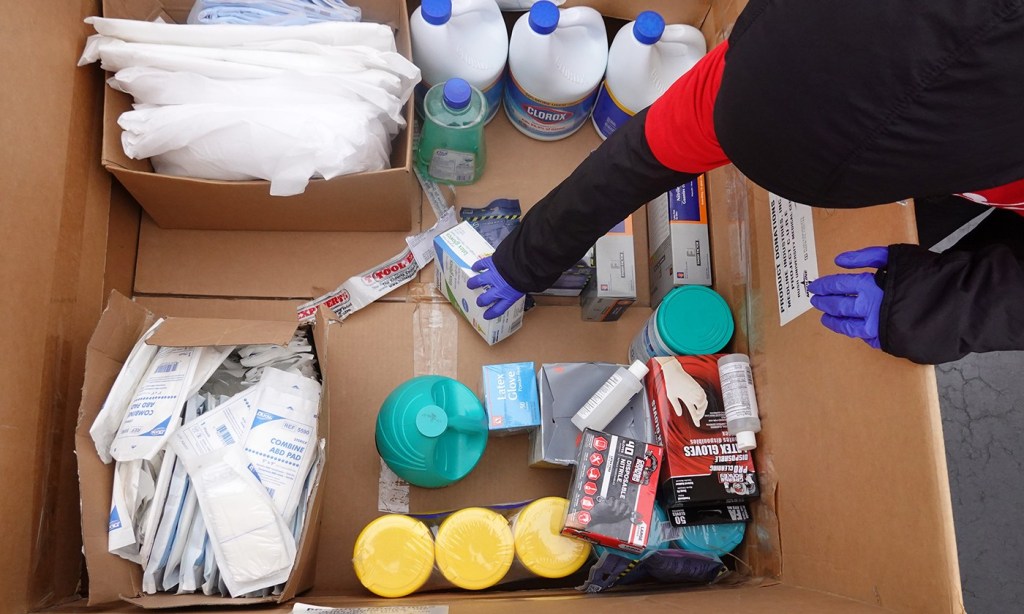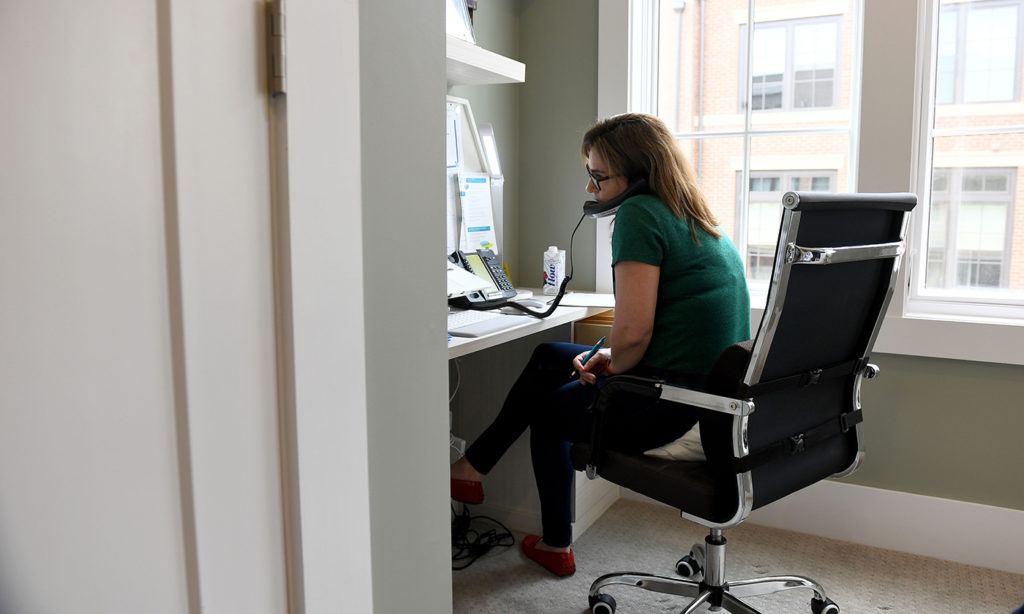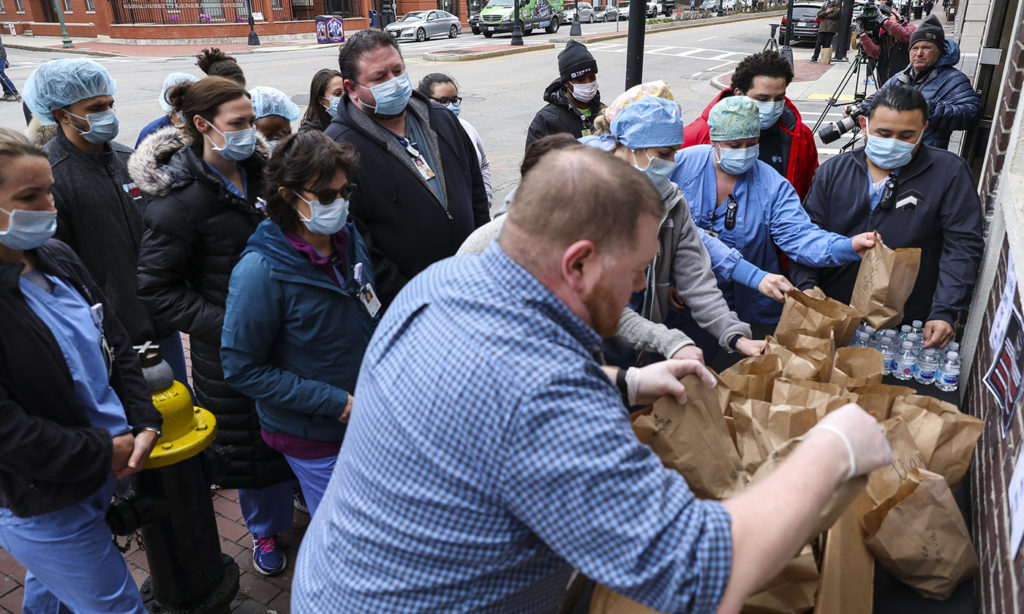by Prabir Purkayastha, Citizen Truth
August 12, 2020
The U.S. tech war on China continues, banning Chinese equipment from its network, and asking its Five Eyes partners and NATO allies to follow suit. It is a market and a technology denial regime that seeks to win back manufacturing that the U.S. and European countries have lost to China.
International trade assumed that goods and equipment could be sourced from any part of the world. The first breach in this scheme was the earlier round of U.S. sanctions on Huawei last year, that any company that used 25 percent or more of U.S. content had to play by the U.S. sanction rules. This meant U.S. software, or chips based on U.S. designs, could not be exported to Huawei. The latest round of U.S. sanctions in May this year stretched the reach of U.S. sanctions to cover any goods produced with U.S. equipment, extending its sovereignty well beyond its borders.
In the last three decades of trade globalization, the U.S. has increasingly outsourced manufacturing to other countries, but still retained control over the global economy through its control over global finance—banks, payment systems, insurance, investment funds. With the fresh slew of sanctions, another layer of U.S. control over the global economy has been revealed: its control over technology, both in terms of intellectual property and critical manufacturing equipment in chip making.
The new trade sanction that the U.S. has imposed is in violation of the World Trade Organization’s rules. It invokes national security, the nuclear option in the WTO, on matters that are clearly trade-related. Why the U.S. has gutted the WTO, refusing to agree to any new nominations to the dispute settlement tribunal, has now become clear. China cannot bring the illegal U.S. sanctions to the WTO for a dispute settlement, as the dispute settlement body itself has been made virtually defunct by the United States.
The battle over 5G and Huawei has become the ground on which the U.S.-China tech war is being fought. The 5G market (including installation and network equipment) is expected to reach $48 billion by 2027, but more importantly, it is expected to drive trillions of dollars of economic output over the installed 5G networks. Any company or country that controls the 5G technology will then have an advantage over others in this economic and technological space.
5G networks will boost wireless internet speeds by a factor of 10 to 40. For consumers, slow internet speed is the bottleneck for applications such as video conferencing and multiplayer online gaming, where both upload and download speeds need to be high. This is not the case with video streaming services like Netflix, where only download speeds are important. Currently, high-speed internet is only available in dense urban areas, and only over fiber-optic cable networks. 5G networks will widen the availability of high-speed internet beyond these limits—and enable it to be accessible by mobile devices.
The two other areas that would benefit from 5G are self-driving cars and the internet of things (IoT), in which our gadgets communicate with each other over wireless internet. While self-driving cars are still some distance away, IoT could soon be much more important, e.g., in improving efficiency and maintaining the physical infrastructure of electricity, traffic lights, water and sewage systems in future “smart cities.”
The G in telecom networks refers to generations, and each generation of technology in wireless communications means increasing the amount of information the radio waves carry. The 5G networks are much faster than the equivalent 4G networks, and can support a much higher number of devices in a given area. The price is that, unlike the current 3G and 4G, 5G cannot travel long distances, and needs a number of repeater hops, meaning cells and antennas, to cover the same distance. Still, a 5G network can provide the high speeds that current fiber-optic cable networks provide, without the large cost of physical cabling. It can, therefore, reach less-dense population centers, including rural areas, with high-speed internet at much lower costs.
Who are the other players in the 5G space? Apart from Huawei, other major players are Samsung (South Korea), Nokia (Finland), Ericsson (Sweden) and ZTE (China). While the U.S. has no major player at the network equipment level, it has Qualcomm, which manufactures wireless components and chipsets, and Apple, which is the market leader in smartphones.
The U.S. sanctions had earlier attacked Huawei using its dominant position on software. Google’s Android powers most of China’s mobile phones, as it does most other non-Apple mobile phones. In semiconductor chips, ARM processors have a leading position in the embedded systems and the mobile market, with most companies that require advanced processors switching over from Intel to ARM. ARM, a UK-based company owned by SoftBank of Japan, does not manufacture chips themselves, but provides designs for cores that go into processors. These are licensed to companies like Huawei, Qualcomm, Samsung and Apple, who design their processors based on ARM cores and get them fabricated in silicon foundries. These processors power mobile network equipment, mobile phones or laptops from different manufacturers.
The silicon foundries that fabricate the actual processors using ARM cores from the designs of Huawei, Samsung or Apple are companies like Taiwan Silicon Manufacturing Company (TSMC). TSMC is the largest silicon foundry in the world, with 48 percent of the global market. Samsung also has a high-capacity silicon foundry, with another 20 percent of the global market. It uses its captive facility for its internal needs, but also for other manufacturers. China has the fifth-largest silicon foundry in the world, Semiconductor Manufacturing International Corporation (SMIC), but it is only one-tenth the size of TSMC. TSMC and Samsung have more-advanced 7-nanometer technology, while SMIC currently has less-advanced 14-nanometer technology.
The earlier U.S. attack on Huawei and China banning U.S. software from Huawei systems meant that Huawei had to change over from Google’s Android mobile operating system and various apps that rode on top of the Android system in Google’s app store (the Google Play Store). Huawei had anticipated this attack and created its own operating system, HarmonyOS, and its own app store. It is also using an open-source version of Android, and its app store—App Gallery—as a replacement for the Google Play Store. How its users will cope without the Google Play Store remains to be seen. It would depend on how many of the app developers switch to Huawei, and the quality of apps developed for Huawei users on the Chinese market.
It was initially thought that ARM processors would not be available for Huawei in the future. This raised a question mark over Huawei’s equipment, as it is critically dependent on the ARM-designed processors for its networking equipment, mobile phones and laptops. ARM initially suspended all future sales of its designs of processors to Huawei, as the U.S. had claimed that it has more than 25 percent U.S. content and therefore fell within the U.S. sanctions regime. Subsequently, ARM has come to the conclusion that its U.S. content is less than 25 percent and therefore not subject to the U.S. sanctions.
This is what precipitated the new sanctions that the U.S. imposed in May. Under these sanctions, if any equipment of U.S. origin is used to produce components or systems for Huawei, then those components or systems also come within its sanctions regime. TSMC uses U.S.-origin machines for its manufacture of chips, and has stopped taking new Huawei orders. Samsung has a mix of U.S. and non-U.S. machines for its fabrication lines and could, if it wanted, switch at least some of these fabrication lines to use only non-U.S. machines. This leaves a window for Huawei to beat the U.S. sanctions. Huawei still has some cards to play, one of which is ceding the high-end mobile phone market to Samsung for access to its chip fabrication facilities.
If Huawei has to depend on only domestic sources, it is going to take a hit on its future production. It has a stockpile of possibly 12-18 months of fabricated chips, so this is the time window it has to either find a new supplier, or a switch to a less-dense—10- or 14-nanometer—technology using its domestic supplier, SMIC.
For the 5G market, the 7-nanometer fabrication may not be the only deciding factor. Huawei has a significant lead in radios and antennas that are key components in 5G networks. 5G networks depend on what are called massive multiple-input and multiple-output (MIMO) antennas, where Huawei is streets ahead of others. This, more than processor size, may decide the technical advantage of Huawei’s offerings. Huawei has a significant lead in gallium nitride-based devices, instead of silicon. Nokia and Ericsson are using Intel chips for their base stations, which are no match for ARM processors. And with Huawei’s support, China’s SMIC in Shanghai may be able to switch to a 10-nanometer technology quickly, shortening the gap between its processors and that of others.
Huawei can provide a complete 5G solution—from networks to 5G mobile phones—and install it much faster than others. Huawei’s home market in China is bigger than all other 5G markets in the world, which can power its growth.
It is certainly not game over for Huawei, as many tech analysts are concluding prematurely. They have already pronounced game over twice, once over Google’s Android system denial, later on the ARM processor ban. With this new set of sanctions, while the U.S. has secured a temporary advantage for other Western players, it has also created an incentive for manufacturers outside the U.S. to move away from U.S. equipment. Such bans are always double-edged weapons.
So it is very much game on for Huawei and China in the tech war with the United States. As with any other war, it is not one battle in one arena that will decide who wins. 5G is only one battle theater; there are many others. And in many of those, China holds the cards. The rest of the world are not mere spectators but will also have to decide where their future lies—not as a binary choice between the U.S. and China, but as independent players. It is the larger forces of political economy at the global level that will decide this war.
This article was produced in partnership by Newsclick and Globetrotter, a project of the Independent Media Institute.
This article first appeared on Citizen Truth and is republished here under a Creative Commons license.
SOURCE: Prabir Purkayastha
VIA: citizentruth.org
MAIN IMAGE SOURCE: Own work Author: Matti Blume















